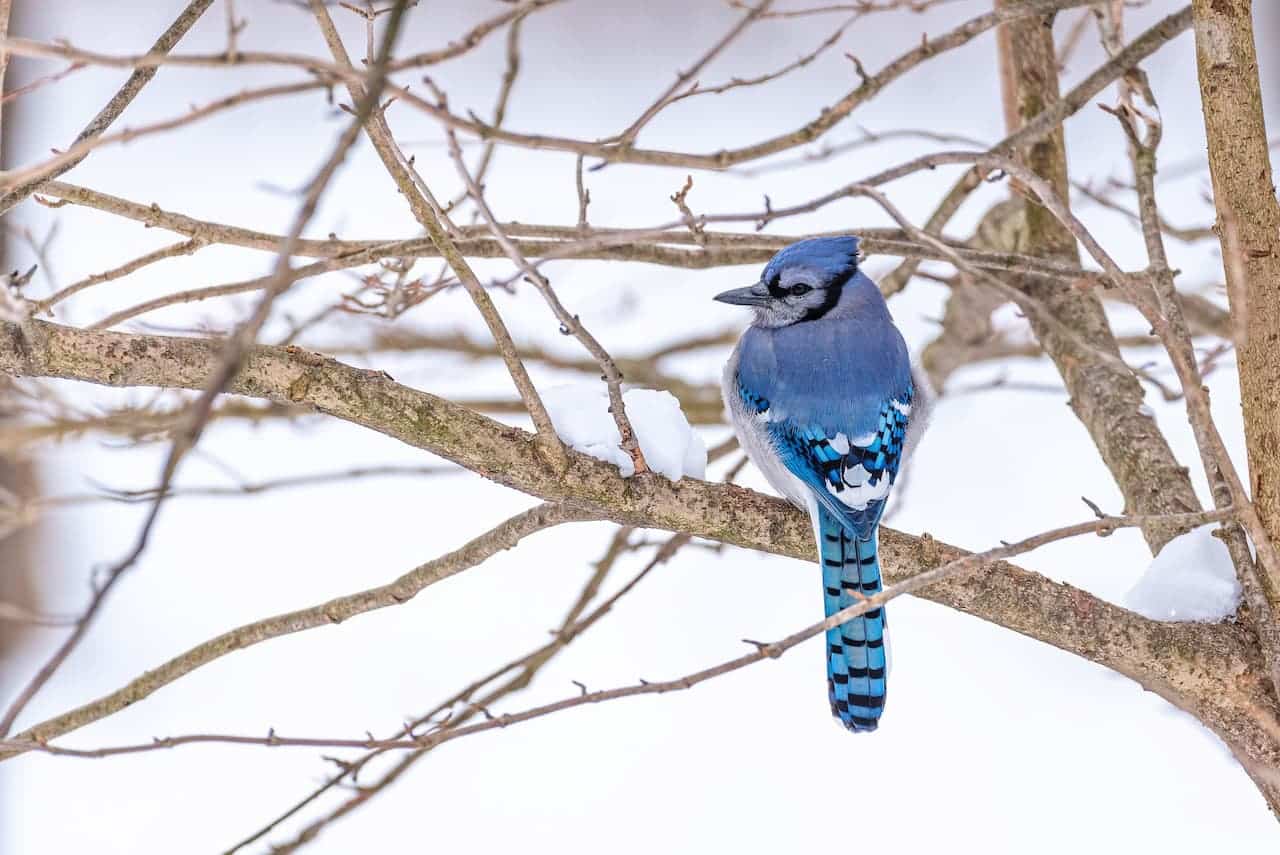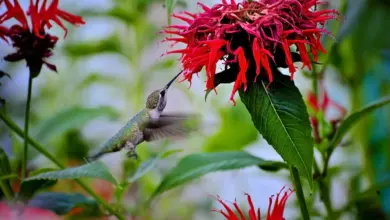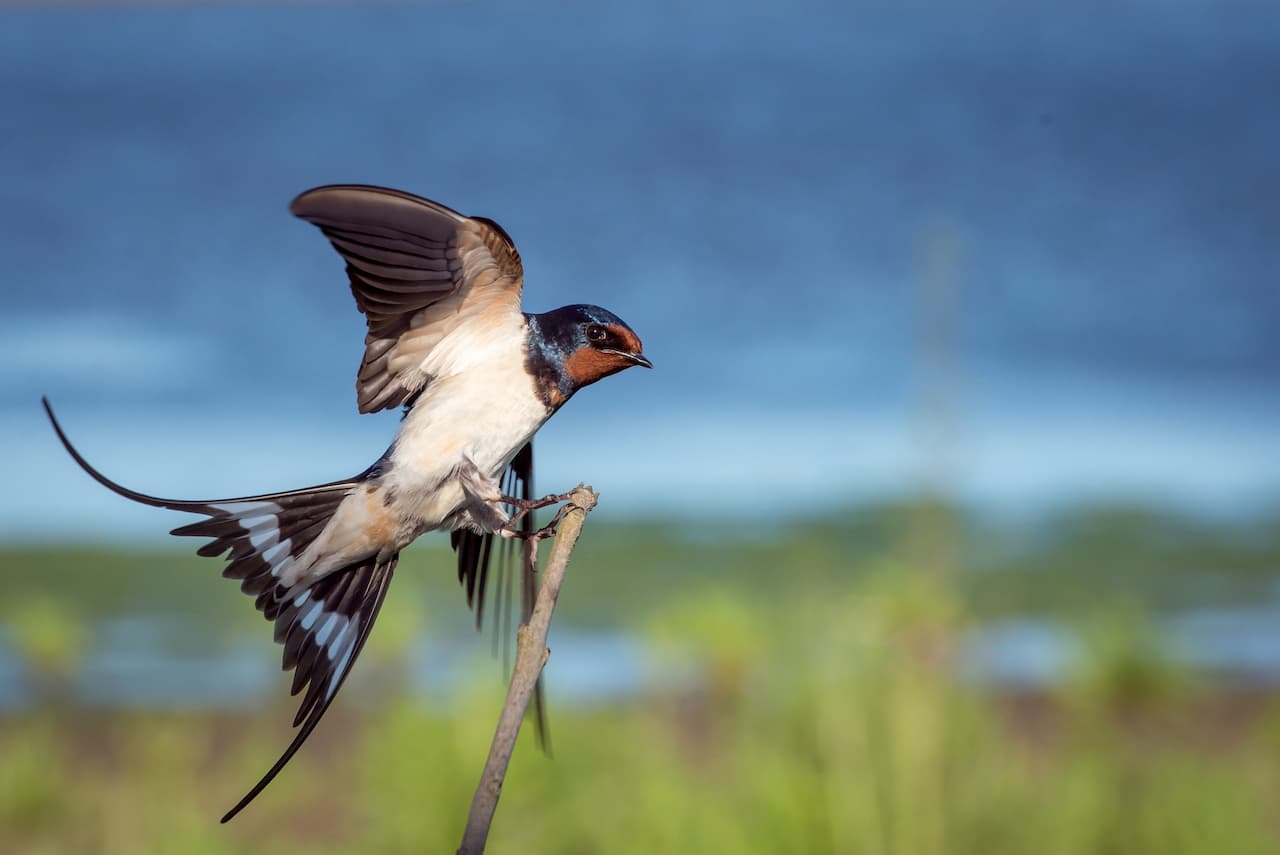Cabanis Tanager or Azure-rumped Tanager (Tangara cabanisi)
The Cabanis Tanagers (Tangara cabanisi) – also known as Azure-rumped Tanagers – occur naturally in Middle America, where they have a patchy distribution. These birds are at risk of extinction due to the loss of suitable habitat, and it is believed that less than 20,000 mature individuals are still in existence.
This species was originally described by Philip Lutley Sclater and it was named in honor of Jean Cabanis – a German ornithologist.
Some sources refer to this bird as Calliste sclateri, but that name turned out to be invalid, as it had already been assigned elsewhere. Based on plumage details, habitat preferences, and vocalizations, it was determined that the Azure-rumped Tanager’s closest relative was the more southerly occurring Grey-and-gold Tanager (Tangara palmeri).
Distribution / Habitat
Azure-rumped Tanagers occur naturally on the Pacific slope of the Sierra Madre mountain range in the state of Chiapas in southern Mexico and adjacent southwestern Guatemala. Their range extends over about 27,000 sq. ft or 2,500 sq.m.
In Mexico, they have been reported at elevations from 2,620 – 5,580 feet (800 – 1,700 meters); and in Guatemala up to 6,200 feet (1,900 meters). They are most abundant at altitudes from 2,950 to 3,950 feet (~900 – 1,200 meters).
They inhabit humid evergreen broadleaf forests and adjacent human-altered habitats, including coffee plantations.
These birds are classified as Endangered (EN) on the IUCN Red List and the only recent reliable records in Mexico are from the El Triunfo Biosphere Reserve situated in the mountains of Sierra Madre south of the Chiapas State between the Pacific coast and the Grijalva-Usumacinta River.
In Guatemala, these tanagers have been recorded on the southern slope of the Santa María volcano (a large active volcano in the Western Highlands of Guatemala, close to the city of Quetzaltenango), at the Dos Marías Reserve, on the Sierra Madre south of San Marcos, at the Tajumulco, Santo Tomas, Lacadon, Chicabal, and Atitlán volcanos, in the middle valley of Madre Vieja River north of Pochuta, and the valley of the Nicán river.
Even though they are generally rare, they appear to be locally common in some of these areas.
Their numbers have declined due to the conversion of their forest habitats for coffee plantations.
Outside the breeding season, they usually form small flocks of 6 – 8; and occasionally as many as 18 birds have been reported at favored feeding sites.
Description
Size
This medium-sized Tanager measures about 5.9 inches or 15 cm in length (including the tail).
Plumage Details
Adults:
Pale blue face, throat, chest, and abdomen. The crown is purplish-blue, and the lores (the region between the eye and the bill) are black giving it a “masked” appearance. There is streaking over the lower auriculars (= feathers covering the ears). The neck and back are greenish with dark scalloping. There are distinctive dark spots across the chest. The wings and tail feathers are black with blue/turquoise edgings.
The extent of the dark “ear spots” and spotting on the chest is individually variable.
Gender ID:
Males and females are identical.
Juveniles:
Look like adults, but are overall duller; the throat is whitish with two fine dark lines, and the chest and abdomen are whitish. They attain their adult plumage within weeks of fledging.
Other Physical Details:
Dark eyes (irises). The upper bill is dark grey and the lower is pale grey with a dark tip. The legs and feet are pale grey.
Similar Species
Within its range, the Azure-rumped is pretty distinctive. The only species that a casual observer could confuse them with are in South America (out of their range), and these are the Grey-and-gold (Tangara palmeri) and the Yellow-winged Tanager (Thraupis abbas).
Diet / Feeding
The Azure-rumped Tanagers forage on fruit and arthropods. In Guatemala, they appear to be favoring figs as a main food source.
Breeding / Nesting
Breeding activities typically occur during the wet season – from April to September – when food is most abundant. Before the season, breeding pairs separate from flocks and are then until the end of the season typically seen in pairs or small family flocks.
They construct cup-shaped nests that are placed on trees in well-concealed locations. The average clutch consists of two eggs which are incubated for about 14 days. Nesting usually takes place between mid-April to mid-June.
Cooperative breeding has been observed, where adults other than the parents assist with the raising of the young.
The chicks fledge (leave the nest) when they are about 15 days old.
Calls / Vocalizations / Sounds
Azure-rumped Tanagers typically call out as they move from tree to tree, and they tend to be quite noisy – which has been helpful when trying to locate them. Their vocalizations are described as rapid, clicking t-t-t-t-t or “sputtering p-p-p-pt-ptf; a low, slow se-e-eet or se-a-weet (Hilty and Simon 1977), wi sseeu or ssi west (Howell and Webb 1995), or a loud and excited chi-tuck tweet.
https://www.xeno-canto.org/embed.php?XC=76190&simple=1
Alternate (Global) Names
Chinese: ?????? … Czech: Tangara Cabanisova … Danish: Azurtangar … Dutch: Azuurstuittangare, Azuurstuit-tangare … Finnish: Jadetangara … French: Calliste azuré, Tangara à croupion azuré … German: Cabanis Tangare, Cabanistangare, Cabanis-Tangare … Italian: Tanagra groppazzurra, Tangara dal groppone blu … Japanese: mizuirofuukinchou … Norwegian: Asurtanagar … Polish: tangarka lazurowa … Russian: ??????? ???????? … Slovak: tangara lazúrová … Spanish: Tángara Celeste, Tangara chiapaneca, Tángara Chiapaneca, Tángara de Cabanis … Swedish: Azurtangara





